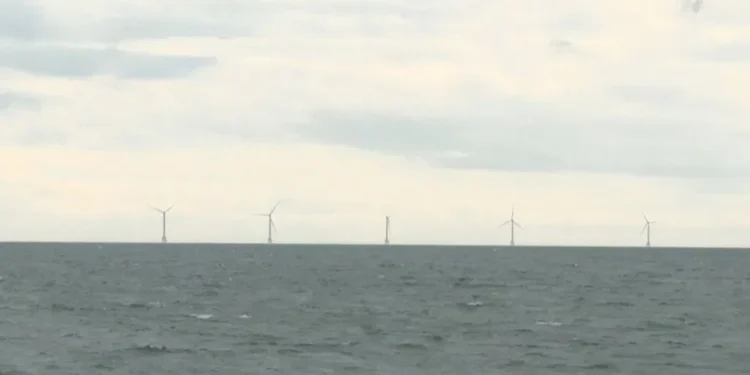Revolution Wind, a utility-scale wind farm serving Rhode Island and Connecticut has acquired the ultimate approval from the U.S. Division of Inside’s Bureau of Ocean Power Administration. The approval provides the go-ahead for kicking off the development of offshore wind, marking a major transfer ahead in selling clear vitality initiatives within the area. Revolution Wind is being developed by Ørsted and Eversource.
After changing into operational, the 704 MW offshore wind farm will provide 400 MW of electrical energy to Rhode Island and 304 MW to Connecticut. This energy plant is predicted to supply sufficient vitality for over 350,000 houses in each states.
Rhode Island Governor Dan McKee stated, “Revolution Wind mission can be important to advancing the state’s 100% renewable vitality normal by 2033.”
Begin of Offshore Development for Revolution Wind
Revolution Wind has already initiated onshore development actions, with plans for offshore development scheduled to begin in 2024. The wind farm is projected to be up and working by the yr 2025. Joe Nolan, Chairman, President, and CEO of Eversource Power, expressed gratitude for the ultimate approval, emphasizing the transformative influence Revolution Wind can have on Connecticut and Rhode Island’s vitality panorama.
Learn additionally: BP and Equinor Secure U.S. Government Approval for 2.08GW Offshore Wind Farm off Long Island
Revolution Wind, located round 15 nautical miles southeast of Level Judith in Rhode Island, will include 65 Siemens Gamesa 11 MW wind generators put in on monopile foundations.
The initiative is anticipated to create hundreds of jobs, spanning direct, oblique, and induced employment alternatives. It’ll additionally lead to everlasting positions for operations and upkeep in each states. Ørsted reported that roughly 100 native union employees are actively engaged within the development of the mission’s onshore transmission system.
The approval, given on November 17, features a complete 108-page listing of situations. These situations cowl points corresponding to turbine spacing, development strategies in federal ocean waters, and measures to mitigate the influence on marine habitats and species.



